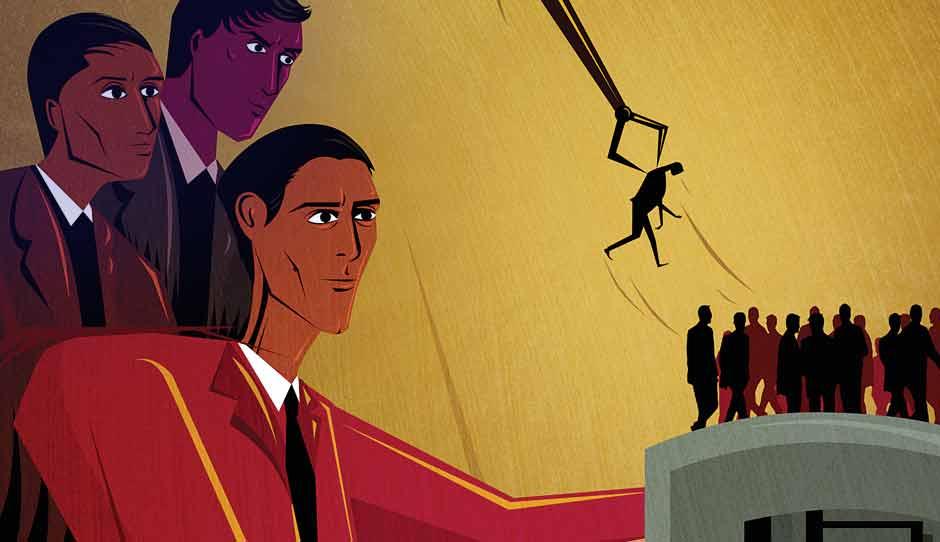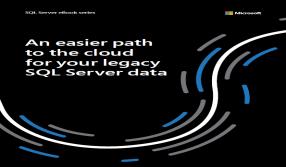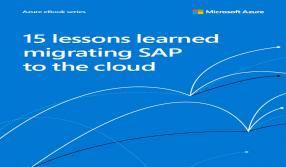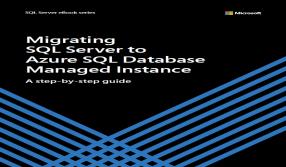How Aztecsoft Hired Right by Solving Puzzles
- BY Sonal Khetarpal
 In
In  7712
7712 0
0

Bengaluru-based Aztecsoft was a pioneering high-end product engineering and testing services firm. In 1999, three years after its inception, Aztecsoft realised it was being overshadowed by wealthier competitors, especially when it came to attracting highly-skilled mid-level and senior employees. This talent crunch could halt their ambitions, the company feared. To counter the problem, Aztecsoft launched a targeted branding campaign, which was employee driven, and came up with a series of creative outdoor and online advertisements.
1) The Backstory
Aztecsoft was started in 1996 by V.R. Govindarajan and S. Parthasarathy in Bengaluru. Far from being just another software company in the IT jungle, it was a pioneer in introducing Bengaluru to a new category of high-end services—product engineering and testing.
Things were going well when three years into operations, the company decided to scale up and diversify its services. The company then had around 100 employees but it urgently needed to add another 100 highly-specialised, super-skilled people to bolster their mid-level and senior cadre.
2) The Problem
Aztecsoft heavily relied on personal networks, recommendations and word of mouth to recruit people. But once these traditional recruitment avenues were tried, the company realised it simply wasn’t pulling in enough people for interviews, which limited the pool of talent they were effectively selecting from. The problems weren’t unlike those faced by many new companies. First, not many people knew Aztecsoft existed. Plus, the company could not afford to dole out the perks other technology giants in the Bengaluru area were giving out. Yet, it was hunting for the best of the best talent. “We were very confident we could convince any candidate to work with us. Our problem was how to first get such people to our door,” recalls Govindarajan, the company’s co-founder and CTO. The founders knew they needed something out of the ordinary to announce the company’s existence to the world, and draw some serious eyeballs to Aztecsoft.
3) The Plan
Parthasarathy decided to try a state-wide branding campaign to be unveiled in three phases. They roped in Enterprise Nexus, a local advertising firm, to strategise and implement the campaign. In the first phase, hoardings and billboards were to be put up in all popular techie hang-outs in Bengaluru. Spun around “the quality of work” offered at Aztec, this module was designed to target senior computer programmers. For the second phase, the company decided to launch a complex online puzzle every week on its corporate website, and give out prizes to whoever solved them. In the last phase, the company focused inwards to build an employee-centric culture. An internal newsletter was designed, which apart from chronicling the buzz around the office, was the primary platform for all employees to stay up to date on the latest—recruitment news, policies, online puzzles and the billboards erected.
4) The Decision
In 2000, the company put into effect the first phase of its recruitment programme—the outdoor billboard campaign. Since the company wanted to use brief, crisply-written messages in code to excite technical minds, it encouraged its employees to come up with funny, quirky messages based on programming languages. Some popular one-liners that resulted were: “XML. Certainly not my T-shirt size—Subbu Aztecian”, “Referential Integrity is not something you associate with politicians—Anand Srinivasan Aztecian”, “FIXML is not a request to pour a Patiala peg”. The company ran this campaign successfully for nearly three years. Once the external branding was completed, Aztecsoft embarked on the second phase of its recruitment programme—to engage employees in forming a talent pipeline by identifying potential, passive candidates who would win the extremely difficult technical puzzles the company posted on their website.
5) The Aftermath
During the first phase, Bengaluru was dotted with attention-grabbing Aztecsoft hoardings and billboards which targeted technical people who specialised in decoding computer programming languages. These ads made Aztecsoft the talk of the town. The second phase proved to be equally successful as the news of the website puzzles and the associated awards spread. Traffic to the company website spiralled, bringing in more publicity and attention. By then, Aztec’s bold hiring policy—to focus on the smartest tech talent—had become very clear. As Sam Nathan, the then vice president of business development, puts it: “Aztec was out to hire nerds and we made no bones about it.”
6) The Takeaway
The company no longer had to draw out its potential employees, and “pitch” the company to them. Candidates saw Aztecsoft as a fun company doing some great work, and were attracted to this culture, even if some of them had to take pay cuts when joining. Within a year of the campaign’s launch, the company saw its strength grow from a mere 100 to more than a 1,000 people. Within the company too, employee engagement rose to an all-time high as existing employees were involved in the recruitment campaign at every step. Employee attrition was almost zero while the company was running, clearly showcasing that employees were so engaged that they did not want to leave. Both the billboard campaign and the online puzzle campaign helped the company identify and build a talent pool of both passive and potential employees that showed interest in the company through its advertisements. It was possibly the recipe to the company’s strong strides. By 2008, when Aztecsoft was acquired by MindTree, it had released 1,600 products and had grown to a team of about 2,100 people.





























Add new comment